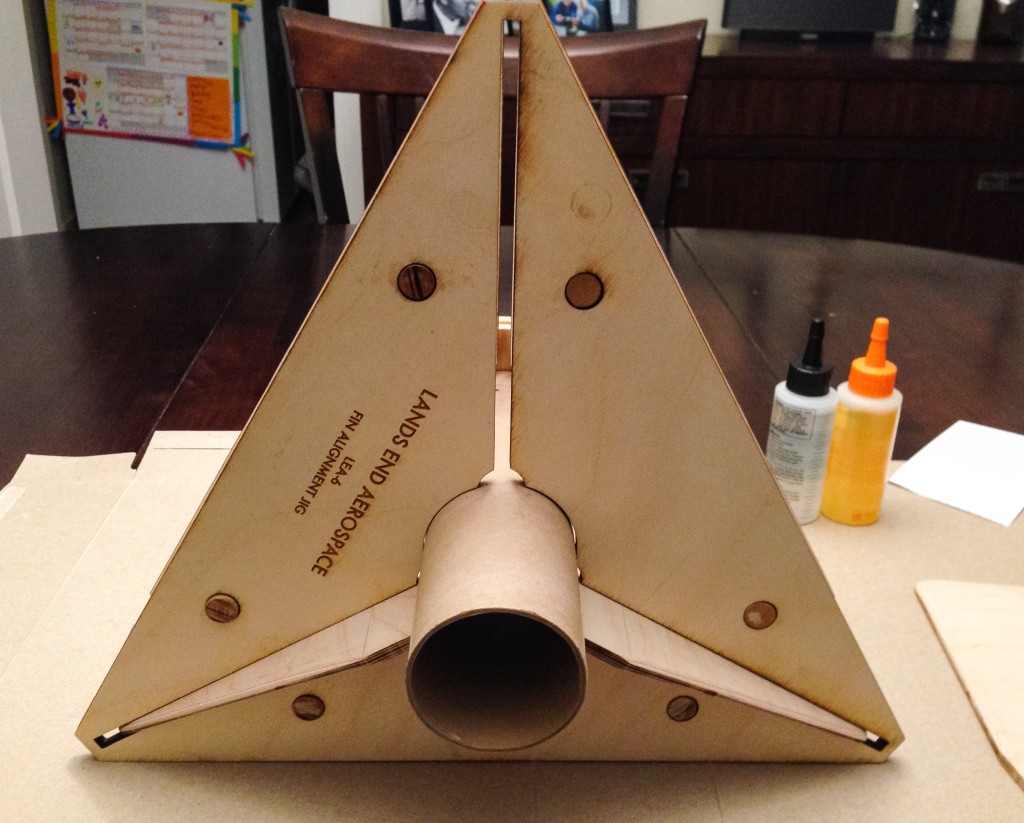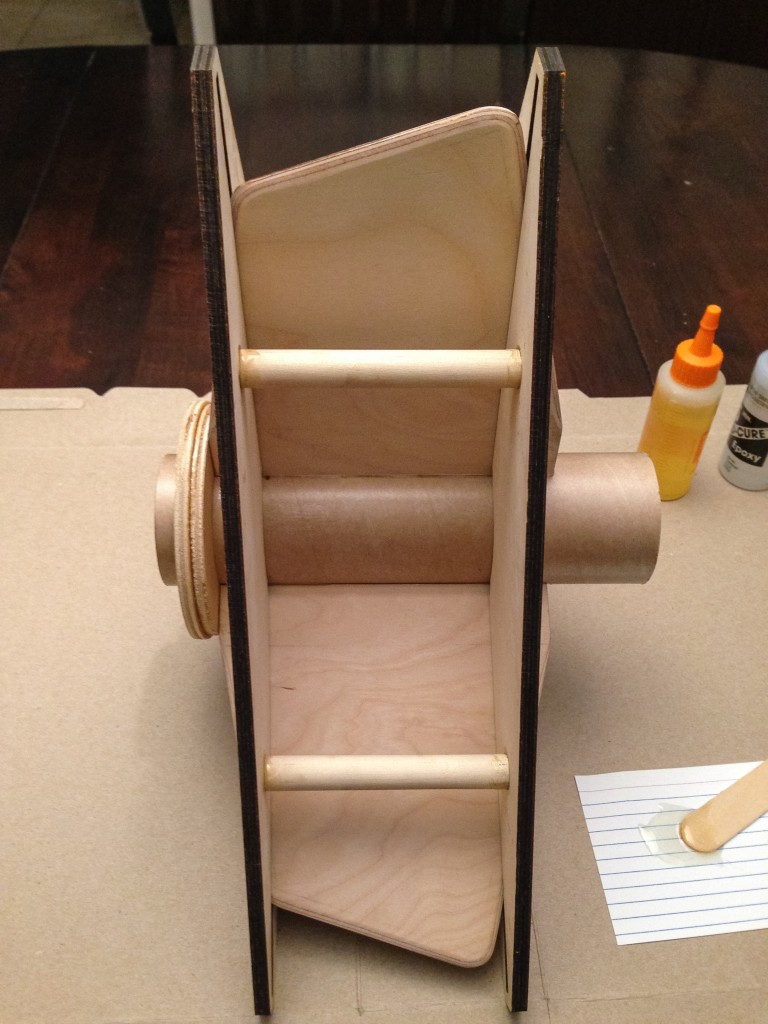One of the reasons I stalled on my L2 build was because I had to make some key decisions about the recovery system and was looking for some guidance from a more experienced builder. I thought it would be easiest to corner a friendly L2+ flyer and pester them with questions until they cried “uncle”.
A couple of weeks ago, I organized my questions and posted to the LUNAR Google Group looking for a volunteer. The general response was, “Just post the questions to the list, someone else might benefit from the discussion.” So I did, and the response was awesome.
My questions concerned deployment redundancy, shear pin use in a cardboard/paper airframe and ground testing. You can view the full thread here on the LUNAR Google Group. This is what I took away from the discussion:
- Altimeters fail. eMatches fail. Redundancy is a good policy. Just how far you want to go is a decision you need to make for your project. I’m taking that principle and designing my av bay and deployment system with flexibility in mind. It will have the potential to support two separate altimeter systems and two separate deployment charges for each parachute.
- Shear pins aren’t strictly necessary for lower power, lower altitude flights as long as you can get a tight friction fit. Drill vent holes to relieve the pressure differential that increases with altitude and can cause airframe separation. If you do use shear pins on a cardboard/paper airframe, treat the holes with CA glue and re-drill. This provides enough strength to prevent too much damage during deployment.
- There are eMatch options for folks who don’t want to go though the hassle of holding a LEUP. Bay Area Rocketry carries them.
- Ground testing is absolutely essential to confirm the size of your deployment charge and work out any other bugs in your system.
- L2 certification does not require redundant electronics. When testing for L2, go for a simple, predictable approach.
I’m sure there’s going to be many more questions as this build progresses and the I approach my first flight. Looking forward to the next step of the build.

